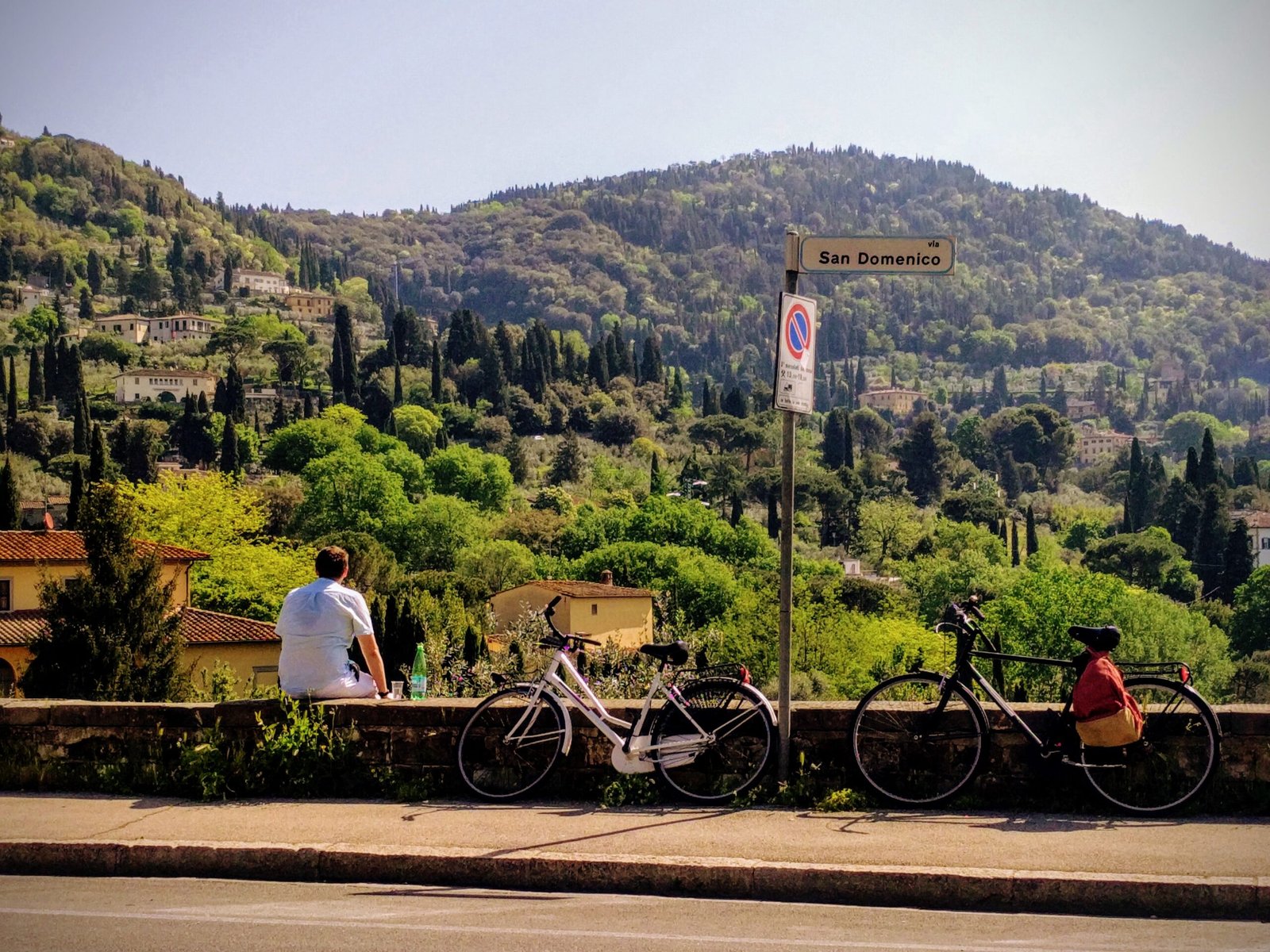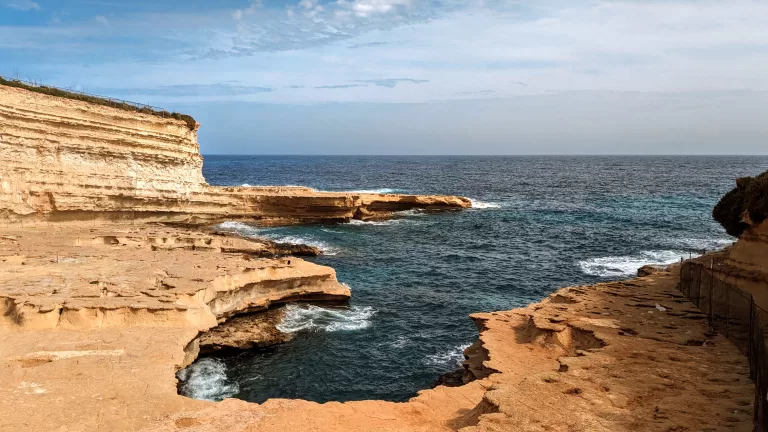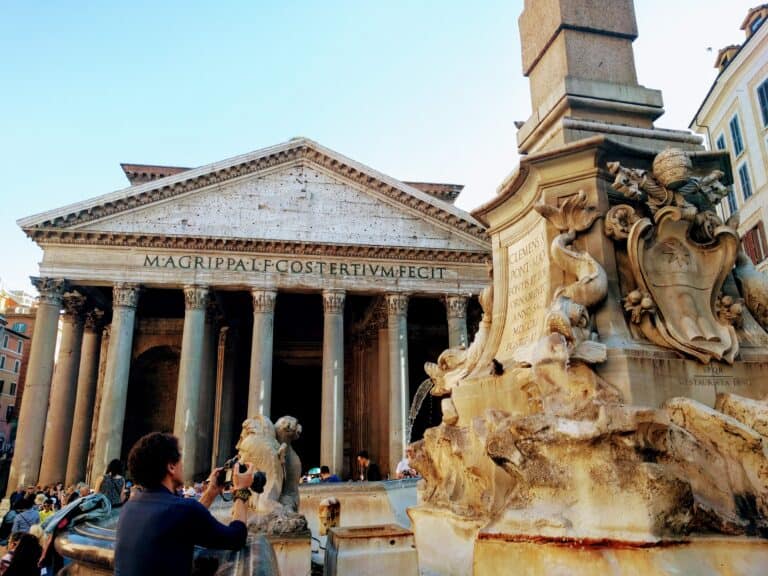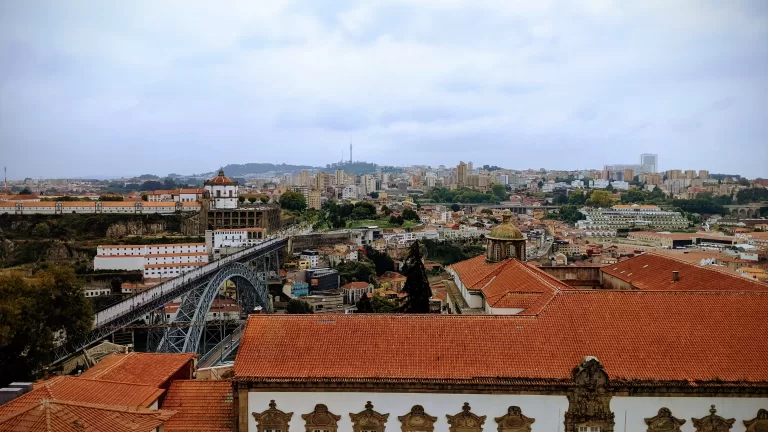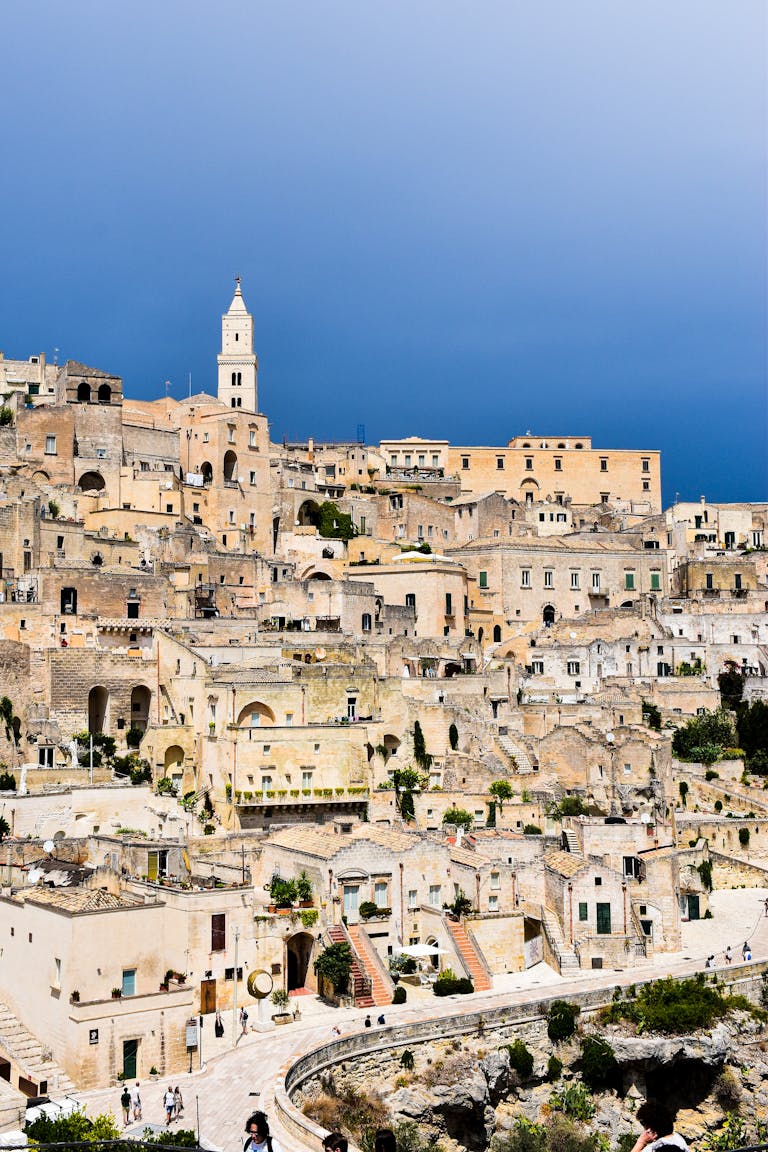First time in Italy? Our top 5 places to visit first (2025 guide)
Our first time in Italy was in 2018, when we went to Rome, Florence and Venice, travelling by train – we were blown away by the food, it’s history and its beautiful cities. It’s still one of our favourite holidays.
Since then we’ve been back once, to go to Naples and Pompeii, but we have plenty of Italian holidays on the bucket list.
There really are so many places to go in Italy, from cities to countryside to coastal. The food is amazing, the wine plentiful, and there is so much history – which all contributes to the beautiful cities and landscapes you see today.
To help you choose the best places to go, we’ve put together our list for the Italian-first-timer below. It’s based not just on our experience (as we haven’t been to all the destinations yet), but on our research too.
Check out our 1-minute summary on Youtube:
Rome: the eternal city
Let’s start with Rome, because it’s pretty iconic.
Some don’t love it – it’s chaotic and a bit polluted. What’s impressive is how it’s a busy, modern city that’s grown up through the remains of a 2000-year-old culture.
Why Rome is great for your first trip to Italy
- History is everywhere: You can stroll around the Colosseum, wonder about how they managed to build it and how its survived for the next 2000 years, and then pop across the road for a pizza.
- Easy to navigate: While Rome is a big city, the main sights are relatively close together. You can easily walk between them (wear comfy shoes!). Plus, the public transport is pretty decent if your feet get tired.
- Something for everyone: Whether you’re into art, history, food, or just people-watching, Rome has it all.

Our top tips when in Rome
- Vatican City: If you’re travelling to Rome, you have to go to the Vatican City – a country completely surrounded by Rome. Unfortunately you can’t wander round it freely, and you’re restricted to a few main sites. Plan your visit to maximise your time – some sites close early (the Vatican Museums close at 2pm), some are only accessible with a tour (such as the Vatican Gardens) and some (all) get very busy.
- Trastevere: This neighbourhood is famous for its nightlife, but it’s also a great place to wander during the day. Get lost in the narrow streets, find a small trattoria for lunch, and enjoy watching modern Romans go about their day.
- Avoid the tourist traps: Avoid restaurants next to tourist attractions such as the Colosseum or the Trevi Fountain. They’re usually overpriced and not that great. Look for places tucked away on side streets where locals eat – even walking a block or two away can make a big difference. Flying (and booking your flights) at the right time can also save you money.
- Entry fees: The cost of tickets adds up quickly, so always book online for the best prices and to save time when entering. Many places offer a student price, and the Roma pass may be cheaper (although as with all city passes, you need to work out if it’s worth it). The first Sunday of each month is also free at a lot of sites.
- Sustainable tip: There are loads of water fountains across Rome. Bring a refillable water bottle and reduce the amount of plastic you use (and save a few euros).
- Miss the peak season: Rome can get very busy (and very hot) during the peak season. Find out when you should visit Rome.
Top tip: Rome is the perfect place to start your trip to Italy, like this Rome-Florence-Venice trip by train.
Drawbacks to visiting Rome:
- It can get very crowded, especially during peak season.
- Pickpockets are common, so keep your valuables safe and be careful.
- Some restaurants cater to tourists and aren’t very authentic. Do your research and try to eat outside of the main areas.
Florence: renaissance charm and a gateway to Tuscany
Florence is the heart of Tuscany and the birthplace of the Renaissance.
It’s a gentler city than Rome, and far smaller. It’s architecture is beautiful, and it’s packed with art and museums.

Why Florence is great for first-timers
- World-class art: Home to Michelangelo’s David, the Uffizi Gallery, and countless other masterpieces, Florence is full of art. But it’s not just for art enthusiasts – anyone with a passing interest will find it interesting and accessible.
- Quintessential Italy: Florence is the birthplace of the Renaissance and so unsurprisingly, mainly Renaissance architecture. It’s beautiful streets are stereotypically Italian, with the huge dome of the cathedral looming over the orange tile rooftops of the city.
- Walkable city: Florence is relatively small and easy to explore on foot, but still packed with interesting things to do. It’s easy to get out of too, and see the surrounding countryside and villages of Tuscany.
Our recommendations
🚕 Book your airport transfer Get Transfer
🚗 Hire a car from Discover Cars
📝 Get your travel insurance from EKTA
📱 Get cheap data abroad with an eSim from Yesim
🚌 Book a tour on Viator or GetYourGuide
Our tips on visiting Florence
- Oltrarno: Cross the Ponte Vecchio (the bridge with the shops on it) and explore the Oltrarno neighbourhood. It’s full of artisan workshops, leather shops, and traditional restaurants.
- Mercato Centrale: Visit the Mercato Centrale, a food market where you can sample local produce and try traditional dishes. Upstairs, you’ll find a modern food hall with a variety of options.
- Money-Saving Tip: Climb to the top of the Duomo (Florence Cathedral) for stunning views of the city. It’s cheaper than going up the nearby Giotto’s Campanile (bell tower).
- Sustainable tip: Use the local public transport system, which is efficient and affordable.
Drawbacks to Florence
- Florence can be expensive, especially during peak season.
- The main attractions can get very crowded. Expect to queue to see Michelangelo’s David for a couple of hours (it’s worth the wait though!).
- It can feel quite touristy in certain areas. It’s easy to find quieter, more local areas though.
Tip: read our guide on how much to budget when visiting Italy, and ways to save money.
Venice: a unique city built on the sea
Venice is unique – no other city is built on the water like Venice, with no cars and only walking and boats to get around.
It’s alleys and canals (both big and small) are picture-perfect.
It’s one of our favourite cities in the world – and so we have to recommend it as a place to go for your visit time in Italy.
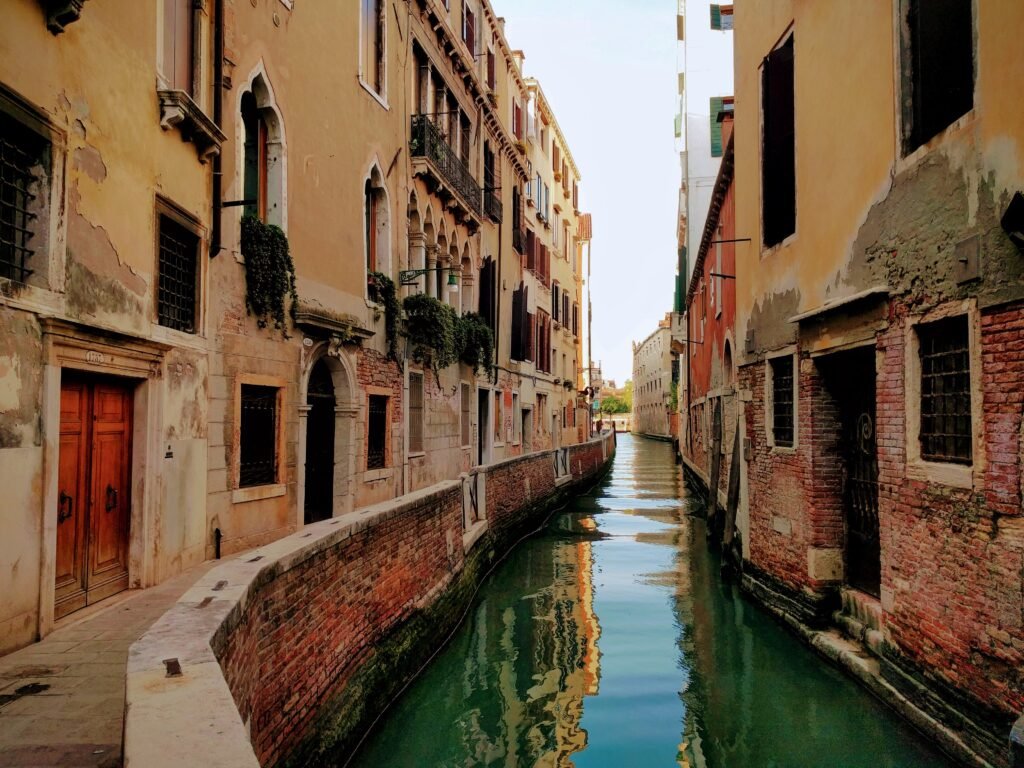
Why Venice is perfect for your first time to Italy
- Absolutely unique: You won’t find another city like it. Gondolas, canals, stunning architecture – it’s a truly unforgettable experience. ‘Unique’ is a word often thrown about – but Venice definitely deserves it.
- Romantic atmosphere: Perfect for a romantic getaway. It’s piazzas, canals and lanes are perfect.
- Rich history and art: Venice was once a powerful maritime republic, and its history is reflected in its stunning architecture and art.
Our practical tips to visiting Venice
- Get lost: Ditch the map and just wander. You’ll discover hidden squares, charming bridges, and quiet canals away from the crowds.
- Cicchetti tour: Instead of a full meal, try a cicchetti tour. Cicchetti are Venetian tapas, and you can hop from bar to bar, sampling local delicacies and wines.
- Explore the islands: Don’t just stick to the main island. Take a boat trip to Murano (famous for its glass) and Burano (famous for its colourful houses).
- Getting around: The best way to get around Venice is on foot or by vaporetto (water bus). Gondolas are expensive and mainly for tourists.
- Sustainable Tip: Bring your own water bottle and refill it at the public fountains.
Drawbacks
- Venice can be crowded, especially during peak season. Most locals have moved out, and most of the city is now turned over to tourism. It’s a shame, but the authorities are making limited attempts to tackle over-tourism and it’s still a magical place to visit.
- It’s expensive. Everything from accommodation to food costs more than in other parts of Italy.
Cinque Terre: coastal beauty and hiking adventures
For something completely different, head to the Cinque Terre.
It’s a string of five colourful villages clinging to the Ligurian coastline.

Why Cinque Terre should be on your itinerary when you go to Italy
- Stunning scenery: The Cinque Terre is famous for its dramatic coastline, colourful houses, and crystal-clear waters.
- Hiking: The area is crisscrossed with hiking trails, offering stunning views of the coastline.
- Relaxing atmosphere: The Cinque Terre is a great place to unwind and escape the hustle and bustle of city life.
Our top Cinque Terre tips
- Hike the trails: While the main trail connecting all five villages can be crowded, there are plenty of other, less-travelled trails to explore.
- Eat seafood: The Cinque Terre is famous for its fresh seafood. Look for restaurants that serve local specialities like trofie al pesto (pasta with pesto sauce) and grilled fish.
- Visit all five villages: Each of the five villages has its own unique personality. Take the time to explore them all.
- Getting around: The best way to get around the Cinque Terre is by train or by hiking.
- Sustainable tip: Be mindful of the environment. Stick to the marked trails, avoid littering, and support local businesses.
Drawbacks to Cinque Terre
- The Cinque Terre can be expensive, especially during peak season.
- The hiking trails can be challenging, especially in hot weather. If hiking and independent travel isn’t your thing, you might want to go elsewhere (or consider an organised tour).
- It can get very crowded, especially during the day.
Naples: a slice of real Italy
Naples is a city which can be a bit marmite – some love it, some hate it.
It’s a city with a bit of an edge, a bit of chaos, and a lot of history.
But, it’s also the gateway to Pompeii, which is the main reason we’re including it here.
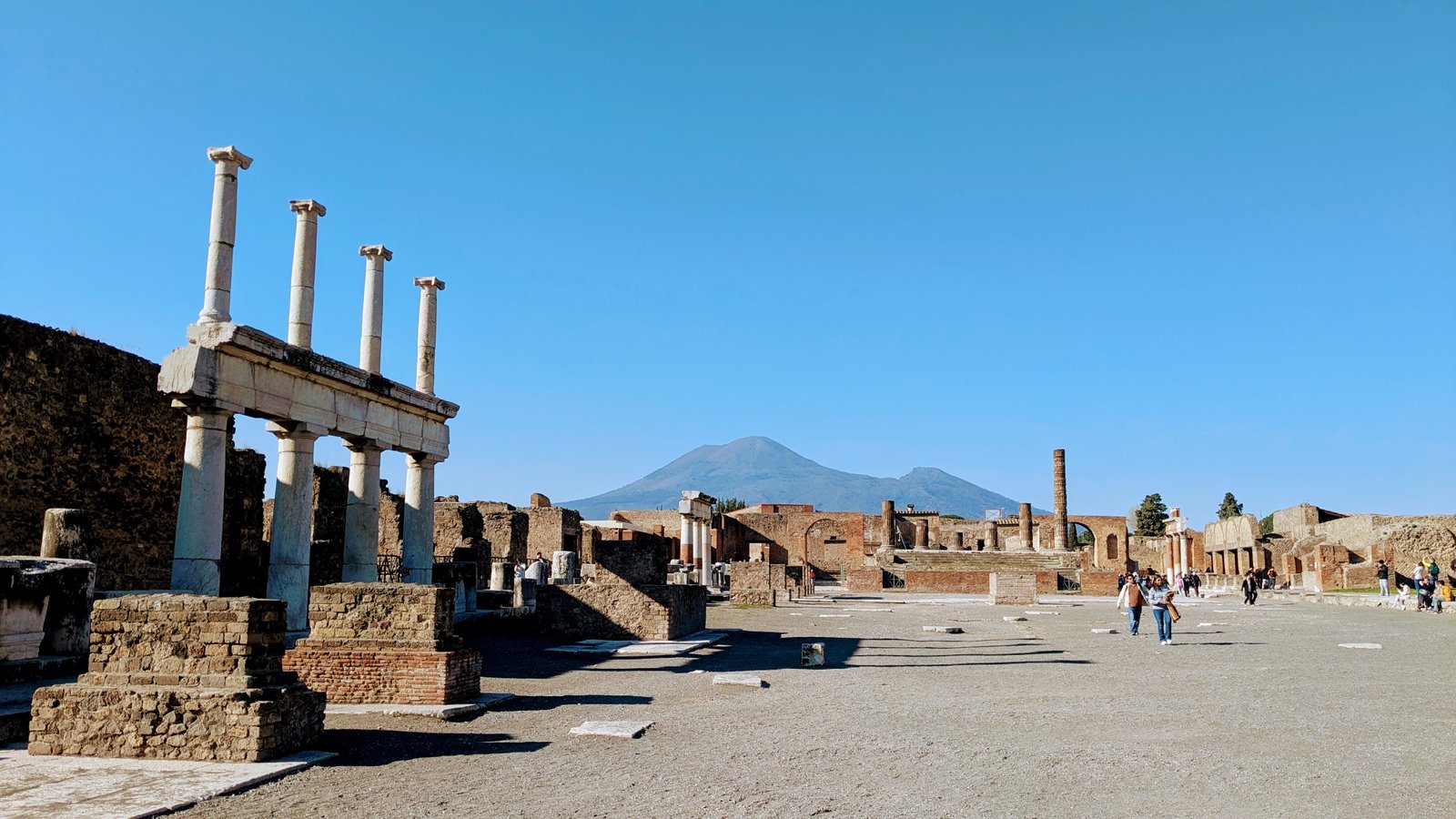
Why Naples is great for first-timers
- Mount Vesuvius and Pompeii: Naples is the perfect base for exploring Mount Vesuvius and the ancient ruins of Pompeii and Herculaneum. Give at least a day for Pompeii, and another day for Herculaneum and Mount Vesuvius.
- The Birthplace of Pizza: If you love pizza, you have to go to Naples. It’s where pizza was invented, and it really is better here. A simple Marguerita is delicious, and will only cost you around €10.
- Authentic Culture: Naples is a city that hasn’t been polished for tourists. It’s raw, vibrant, and full of character.
Tip: Naples is the perfect springboard to travel onto the Amalfi coast – think azure waters and lush cliffs!
Our top tops for Naples
- Eat street food: Naples is famous for its street food. Try pizza a portafoglio (folded pizza), frittatina (fried pasta), and sfogliatella (pastry).
- Explore the historic centre: Get lost in the narrow streets of the historic centre, a UNESCO World Heritage Site.
The drawbacks to Naples
- Naples can be chaotic, rundown and dirty. It’s history as the centre of Mafia Italy has meant it has been underinvested in for years.
- Although it has a long history, it doesn’t have the same level of art and culture as some Italian cities.
Lecce: the Florence of the south
If you’re looking for somewhere which is a bit less well-known, then Lecce might be an option.
It’s relaxed and quieter, but still the perfect place to visit.

Why Lecce should be your next Italian destination
- Baroque architecture: Lecce is famous for its beautiful baroque architecture, made from the local Lecce stone.
- Relaxing atmosphere: It’s a great place to unwind and soak up the Mediterranean atmosphere.
- Delicious food: Puglian cuisine is simple, fresh, and delicious, with a focus on seafood and vegetables.
Our top Lecce travel tips
- Explore the Old Town: Get lost in the narrow streets of the old town, admiring the baroque architecture and discovering hidden squares.
- Take a day trip to the coast: Lecce is close to the Adriatic coast, so take a day trip to explore the beautiful beaches and coastal towns.
- Accommodation: Consider staying in a masseria, a traditional Puglian farmhouse.
The drawbacks to Lecce
- Lecce is less well-known than other Italian cities, so you may need to do more research.
- It can be a bit quieter than other Italian cities, especially in the afternoon. This is a plus for some, but a negative for other travellers.
Our recommendations
🚕 Book your airport transfer Get Transfer
🚗 Hire a car from Discover Cars
📝 Get your travel insurance from EKTA
📱 Get cheap data abroad with an eSim from Yesim
🚌 Book a tour on Viator or GetYourGuide
So, where should you go for the first time in Italy?
It really depends on what you’re looking for.
- History: Rome and Florence are obvious choices.
- Romance: Venice is calling your name.
- Nature: Cinque Terre offers stunning coastal scenery and hiking opportunities, while Florence allows you to escape to Tuscany.
- Art: Florence, closely followed my Rome.
- Food: Naples is a must-visit for pizza lovers, while Florence will give you an excellent introduction to Tuscan cuisine. Lecce is a perfect choice to try Puglian specialities.
- Authenticity: Naples and Lecce offer a more unfiltered Italian experience.
- UNESCO World Heritage Sites: apart from Lecce, each of our suggestions are or contain at least one World Heritage Site (sorry Lecce).
No matter where you go, you’ll have an amazing time.
Enjoy your Italian adventure! Ciao!
This page contains affiliate links. If you make a purchase through one of these links we make a small commission to help run this site, at no cost to you. Making a commission never affects the advice we give - see our content policy.

